Awareness: Keeping the Remarkable in the Routine
I used to try and vary the route I walked my dogs. Occasionally, I even drove to state parks that were hours away to spice things up. Then I noticed that I was the only one who found walking the same area boring. My dogs didn’t care.
Every time we headed out, it was as though it was the first time — new smells, new animals, new people. Moving with their noses pointing up in the air or dragging along the ground, they found a new scent story on every trip.
I decided to try out an awareness exercise I read about in the book “The Not So Big Life,” by Sarah Susanka. I was to look, listen and smell, without putting a name to what my senses took in. Then do the same kind of observations, only attach the names to the sights and sounds and smells.
What I found is that without naming what I observed, I noticed colors and shapes and the contrast of light and shadow. I heard sounds in volumes, directions, and characteristics such as high or low, percussive or long and flowing — I even heard the space between the sounds.
When I began to put names to things (crow, wind, footsteps), they became just another familiar word — letters that encompassed a group of assumptions.
It’s easier to think and talk with words that quickly define a thing. But was “easy” and “quick”what I wanted?
I long for fresh experiences — new things to photograph and take my breath away. But I also love the comfort of familiarity that allows me to relax and not work so hard.
Somehow, I’d like to combine the best of both, without needing to chase the next shiny, bling-a-ding. (As one of those oldish objects, I’m particularly sensitive to equating age with boring or needs-to-be-replaced.)
I want to learn to treat what I’m familiar with as though I’m seeing and experiencing it for the first time — to not gloss over details or take the remarkable for granted.
The first time I saw the house I live in now, I loved how the living space was all on one level on the second floor. I could look out over the street and pretend I am watching over my kingdom. What stranger lurketh down yonder? Could it be Dracula, taking his nightly stroll? (I live next to a cemetery.)
I loved the high open ceiling and the way the kitchen, living room and dining room are all basically one room. And being a book lover, how could I not be attracted to the bookshelf that lined one whole wall in the living room?
But I tend to forget how much I loved this place and wanted to live here when I look at my rotting windows that need replacement, when I visit someone with stone countertops and come home to my 1980’s vintage beige-speckled laminated counters. And every time I go into my bathroom and see Java hair and dirty streaks on the floor, I curse the day that someone decided white ceramic bathroom tile was a good idea.
We so quickly forget the joy something brought us as our eyes begin to adjust and critique and notice something better. We lose that love, that joy, that excitement and anticipation, and we look for ways to bring that feeling back. Of course, the only way to do that is to search for something new and shiny and fresh.
But what if we just stopped ourselves for a moment. Just because something is familiar, does it mean we can’t look at it anew?
With some things, this requires no effort. I watch my dogs playing all the time, yet it never gets old. I still laugh at these familiar scenes. As I run with or after or away from my dogs, I remember what it was like to be a child — one of those beings that play — and to not take things so seriously. I get down on my hands and knees, speak in monster voices, and laugh until I am too out of breath to continue.
Is this the difference between inanimate-possession-joy and active-living-joy? Is there a way to make old and new experiences work equally well so as not to so frequently be in a state of wanting?
I find the whole “write down three things you are grateful for at the end of the day” and other similar gratitude exercises meaningless. I’m not putting them down if they work for you. They just don’t do anything for me.
And I flinch a bit at the mention of being present, mindful, or in the moment. Probably because they are terms that have been over-used and badly-used for book sales, courses and speaking engagements. In other words, they are now marketing tools to get us to go after that present, mindful, shiny moment.
But perhaps these concepts too can be looked at differently. Perhaps we can call it noticing or curiosity.
Better yet, just leave it unnamed and live it.
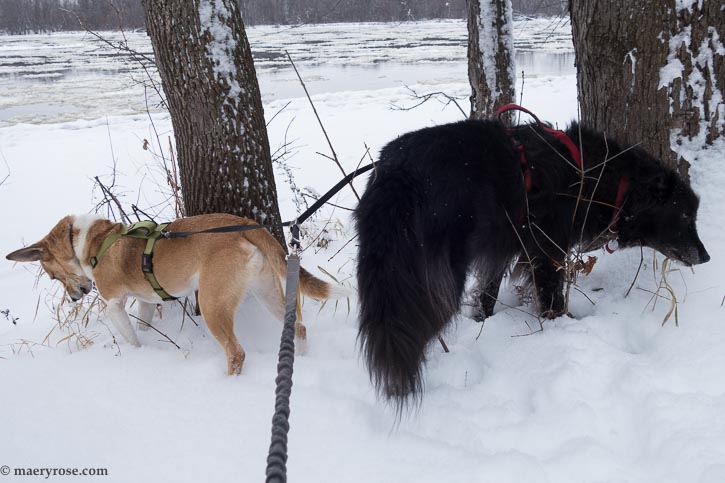
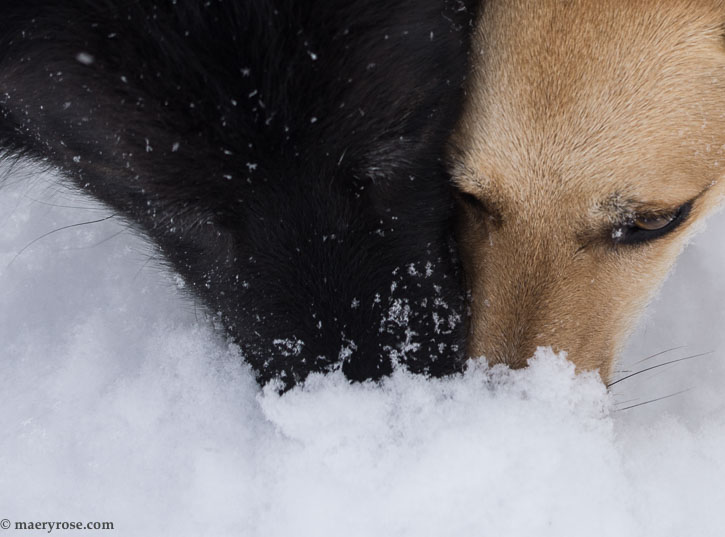
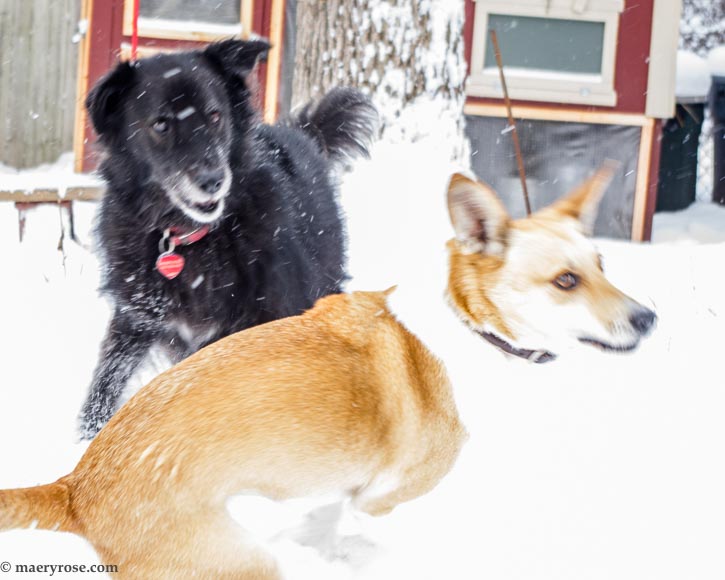
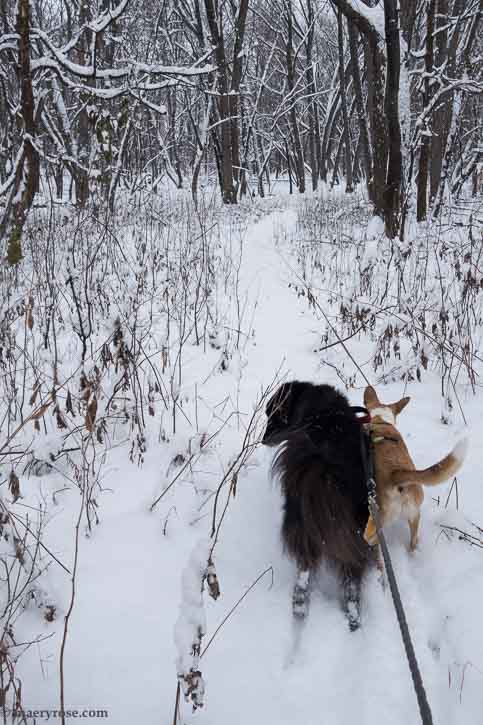
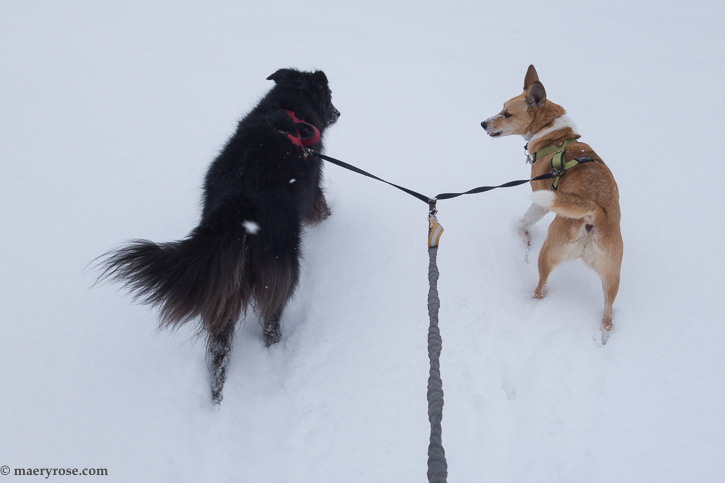
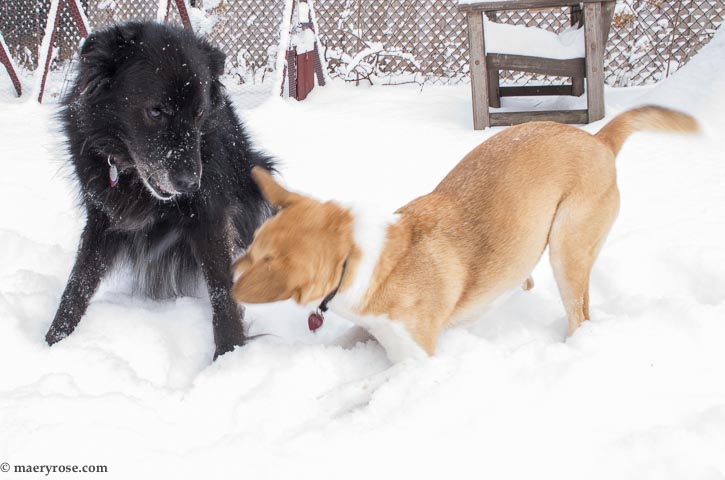
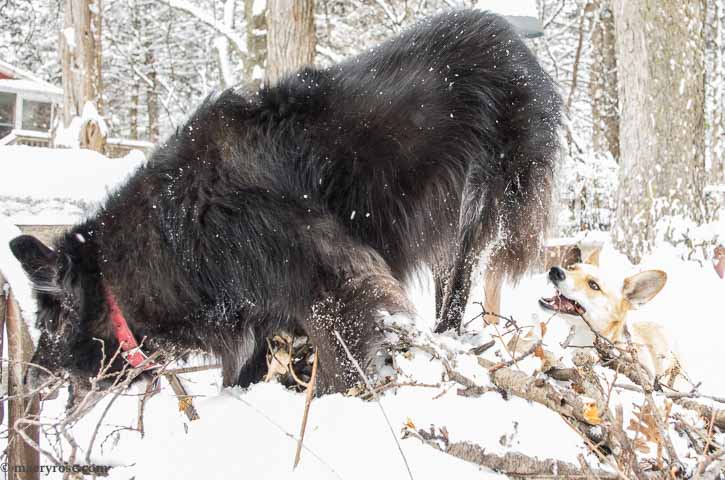
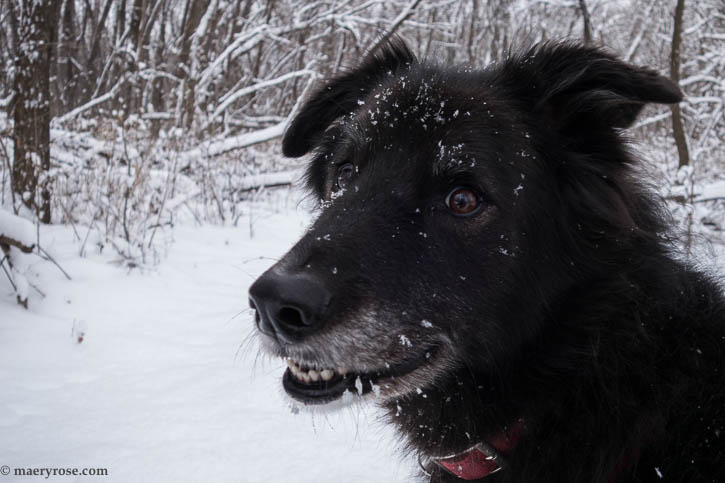
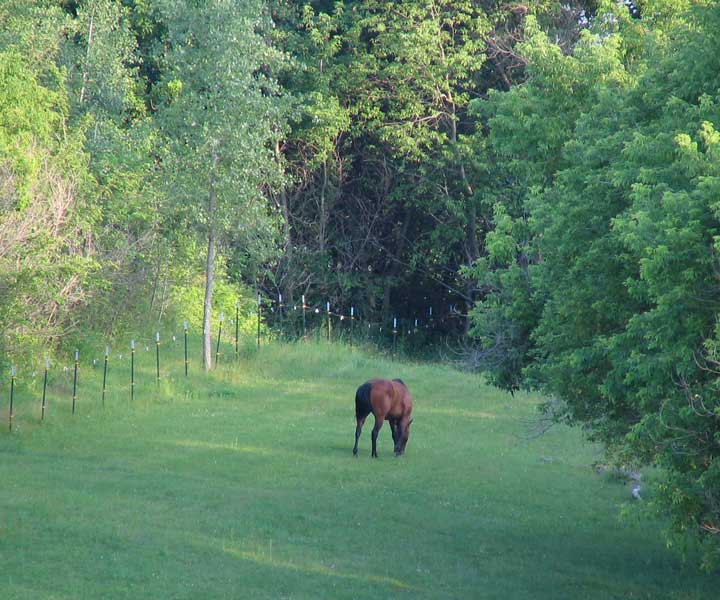
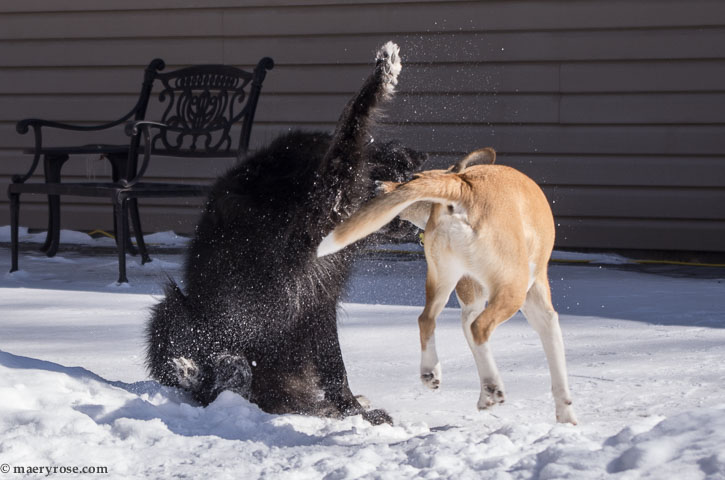
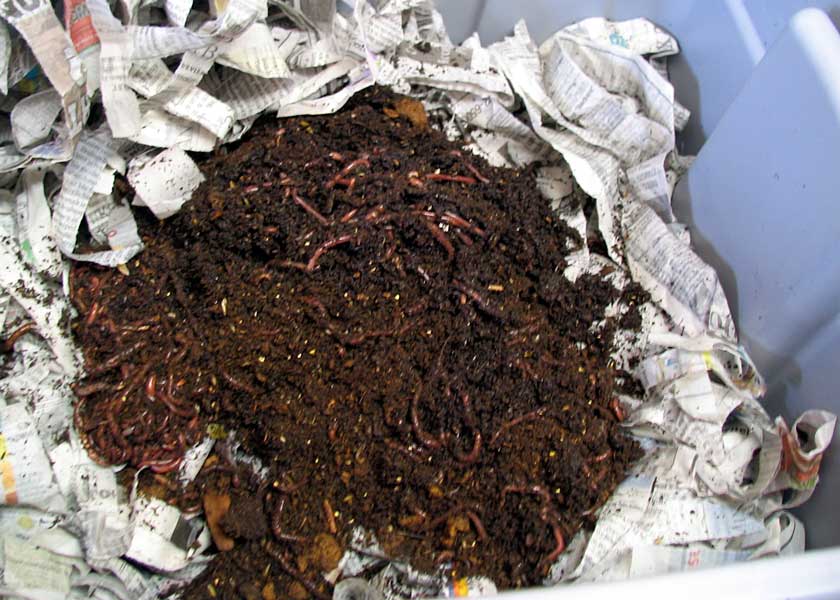
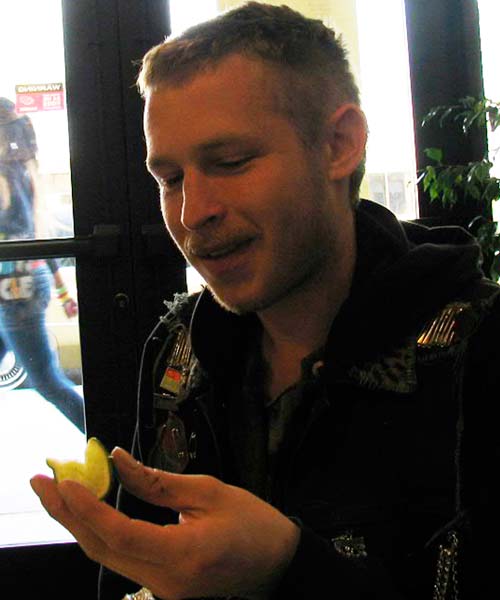
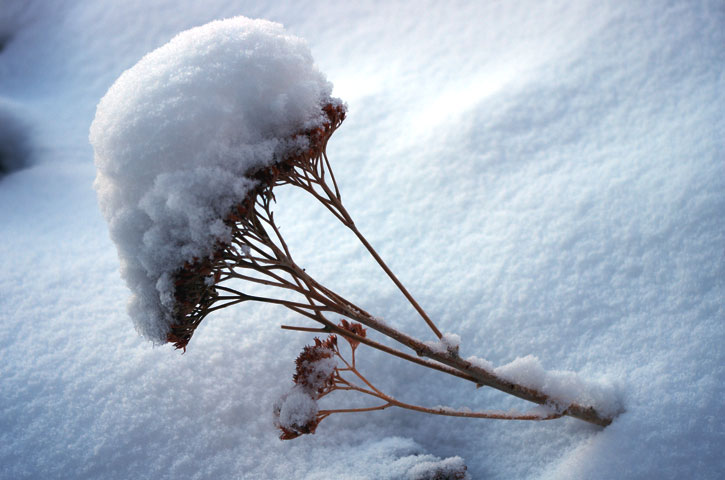
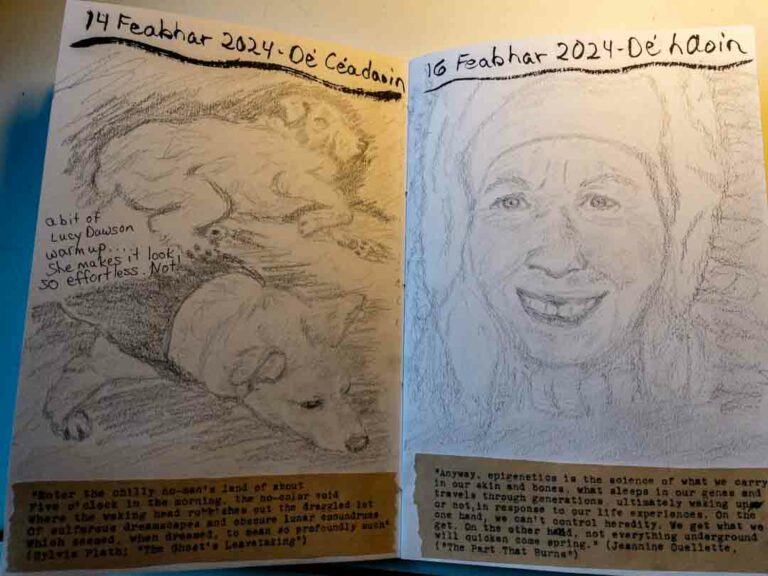
Love this post so much, such good insight about paying attention to our surroundings, old or new. Interesting practice of not naming things, very clear what a difference it makes.
And of course you already know how much I love your pups, more great photos.
I also liked learning that you live next to a cemetery mostly on one second floor.
Thanks Susan. It’s difficult to stay in the present but it does help when I stop myself when I’m anxious or upset about something that happened or something I’m worried about in the future. Just the act of stopping and saying, “But what’s happening right now?” really helps even if “right now” isn’t so good either. At least I can deal better with right now than past or future situations.
It seems we are on a similar path…awareness, noticing and practice…it keeps us joyful! Wishing you a wonderful holiday season!
It is that end of the year time of reflection, although as I age, I seem to reflect all year long.
Happy holidays to you too!